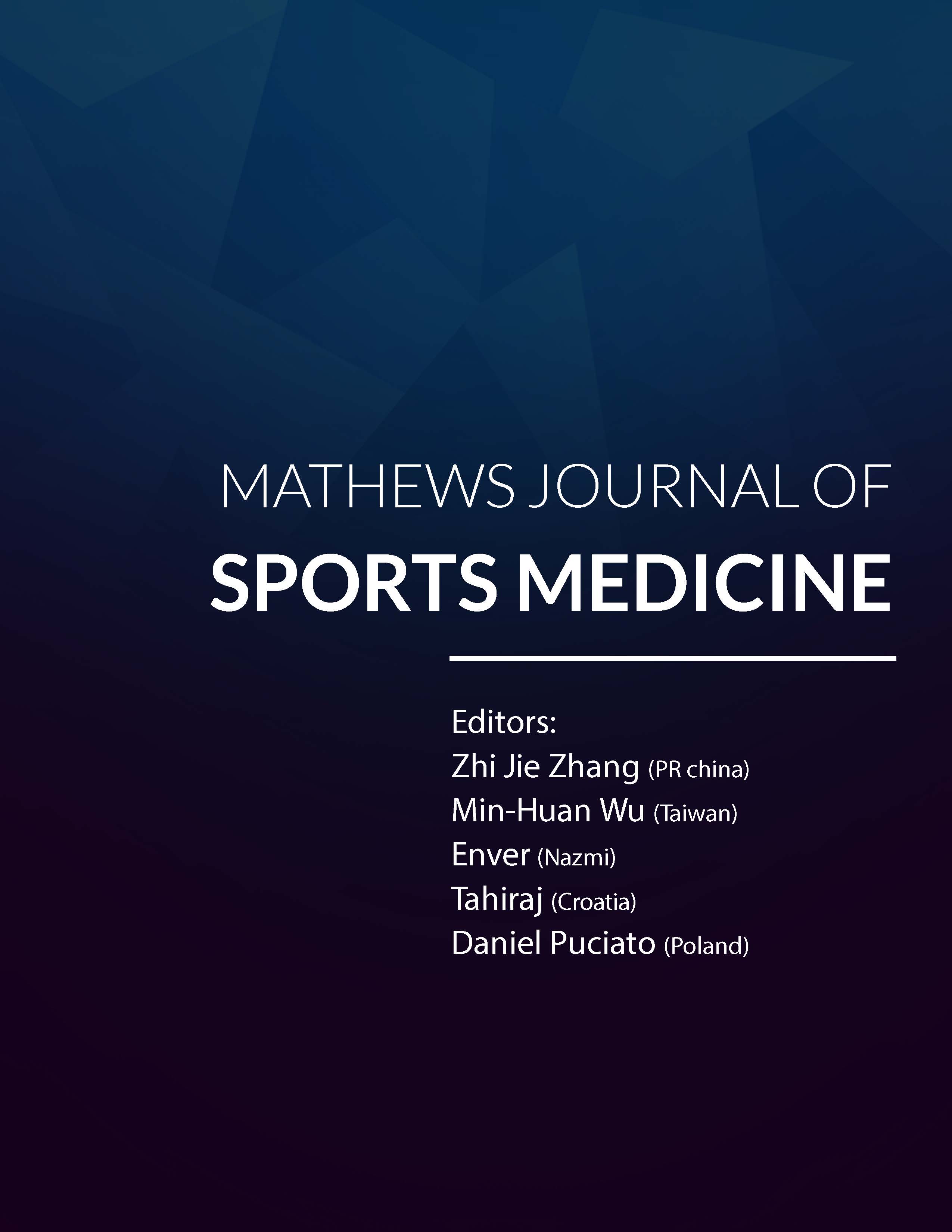
Information Links
Previous Issues Volume 3, Issue 1 - 2023
A Systematic Review of Randomized Control Trials to Assess Exercise Prescription Practice in Tennis Elbow
Jayanti Rai1,*, Turgut E2, Ivemey E3, Towey D4, Richardson T5, Coulthard C6, Khaiyat O7, Mohammed J8
1European Society for Shoulder and Elbow Rehabilitation, Kent Community Health NHS Foundation Trust, United Kingdom
2European Society for Shoulder and Elbow Rehabilitation, United Kingdom
3,4,5Lincolnshire Community Health Services, Lincolnshire, United Kingdom
6European Society for Shoulder and Elbow Rehabilitation, Ashford and St Peters Hospital, United Kingdom
7European Society for Shoulder and Elbow Rehabilitation, Liverpool Hope University, Liverpool, United Kingdom
8European Society for Shoulder and Elbow Rehabilitation, Lincolnshire Community Health Services, Lincolnshire, United Kingdom
*Corresponding author: Jayanti Rai, PT, MSc, European Society for Shoulder and Elbow Rehabilitation, Kent Community Health NHS Foundation Trust, United Kingdom; E-mail: [email protected].
Received Date: February 03, 2023
Published Date: March 13, 2023
Citation: Jayanti R, et al. (2023). A Systematic Review of Randomized Control Trials to Assess Exercise Prescription Practice in Tennis Elbow. Mathews J Sports Med. 3(1):07.
Copyrights: Jayanti R, et al. © (2023).
ABSTRACT
Context: There are concerns about the appropriate integration of underpinning scientific rationale and methodology when designing exercise programmes for Tennis Elbow (TE) rehabilitation. Objective: To systematically review the exercise prescription practices in the management of TE. Data Source: A systematic search of MEDLINE, EMBASE, AMED, and SCOPUS (2015-2021). Study Selection: A comprehensive literature search was conducted applying recommended methods and Boolean logic with the following terms: physiotherapy; physical therapy; rehabilitation; exercise; tennis elbow; lateral epicondylitis; and lateral elbow tendinopathy. Out of the total of 848 articles that were identified from the initial search, 21 RCTs were shortlisted for the current systematic review. Study Design: Systematic Review. Level of Evidence: Level 4. Data Extraction: The Preferred Reporting Items for Systematic Reviews (PRISMA) was used to guide the search and report the process of synthesizing the results. The quality of the RCTs was assessed using The Physiotherapy Evidence Database (PEDro) scale. Information regarding the exercise prescription practice and study characteristics were extracted from the included articles. Results: On the PEDro scale, 2 RCTs were scored excellent, 11 good, 7 fair and 1 poor. The majority of the studies failed to provide sufficient scientific justification for either the exercises chosen, or the progressions implemented in order to achieve optimal results. Conclusions: There is clearly a paucity of high-quality evidence to guide physiotherapists in designing and progressing exercise programmes for patients with TE. Further research in the field of exercise prescription and related progression is required to provide more robust evidence in prescribing exercise-based interventions for the management of TE in clinical practice.
Keywords: Tennis Elbow, Exercise Dosage, Exercise Prescription, Physiotherapy.